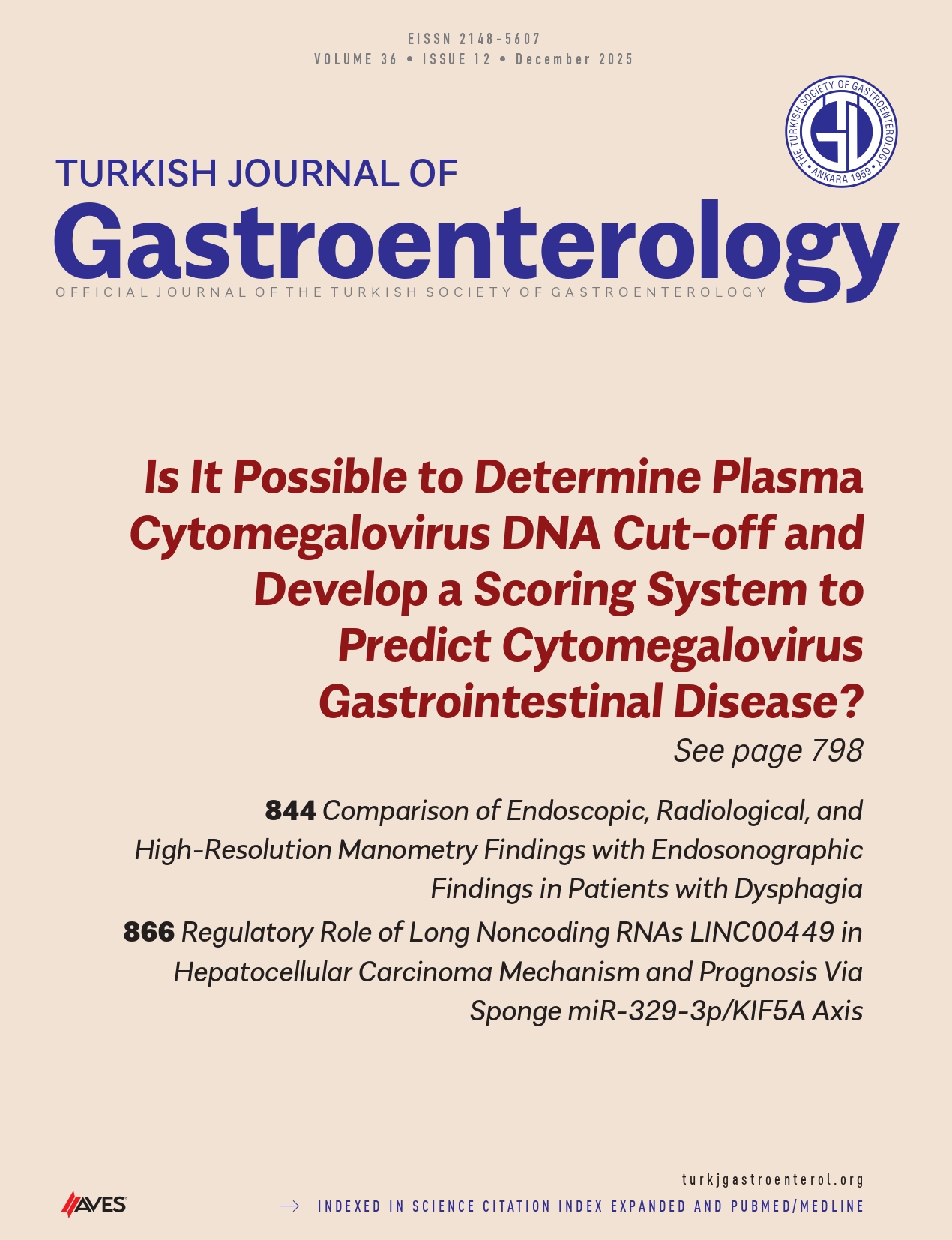Background/Aims: The effectiveness of nafamostat for treating acute pancreatitis (AP) remains questionable. It was hypothesized that the administration of lidocaine would increase the penetration of nafamostat into the pancreas and improve its efficacy. This study evaluated the efficacy of combined management with nafamostat and lidocaine in the treatment of AP.
Materials and Methods: Mild edematous AP was induced with cerulein in Wistar rats, which were distributed among 3 interventional cohorts: (1) a lidocaine cohort, with a regional intraarterial infusion of 1% lidocaine solution, (2) a lidocaine–nafamostat group, with a regional intraarterial infusion of 1% lidocaine solution followed by the infusion of nafamostat mesylate, and (3) an NaCl group, with a regional intraarterial infusion of 0.9% sodium chloride solution. Following 4, 8, and 12 hours after drug administration, serum amylase and lipase levels were tested. Rats were euthanized, and the pancreas was removed for histopathological examination.
Results: A total of 16 rats were analyzed: 6 in the lidocaine group, 5 in the lidocaine–nafamostat group, and 5 in the NaCl group. Post-treatment amylase and lipase levels were comparable between the groups. The NaCl group had more prevalent signs of chronic inflammation in the pancreatic tissue and adipose tissue than both the lidocaine and lidocaine–nafamostat groups.
Conclusion: The addition of nafamostat mesylate did not show superiority over lidocaine alone in the treatment of AP. Considering the prolonged observation period and self-healing tendency of mild edematous AP, both lidocaine and nafamostat do not impact treatment outcomes. However, both drugs may reduce the inflammatory and necrotic processes triggered by AP.
Cite this article as: Antkowiak R, Antkowiak Ł, Arent Z, et al. Regional arterial infusion of nafamostat mesylate and lidocaine in the treatment of cerulein-induced acute pancreatitis in rats. Turk J Gastroenterol. Published online September 10, 2025. doi:10.5152/tjg.2025.24493.




.png)
.png)